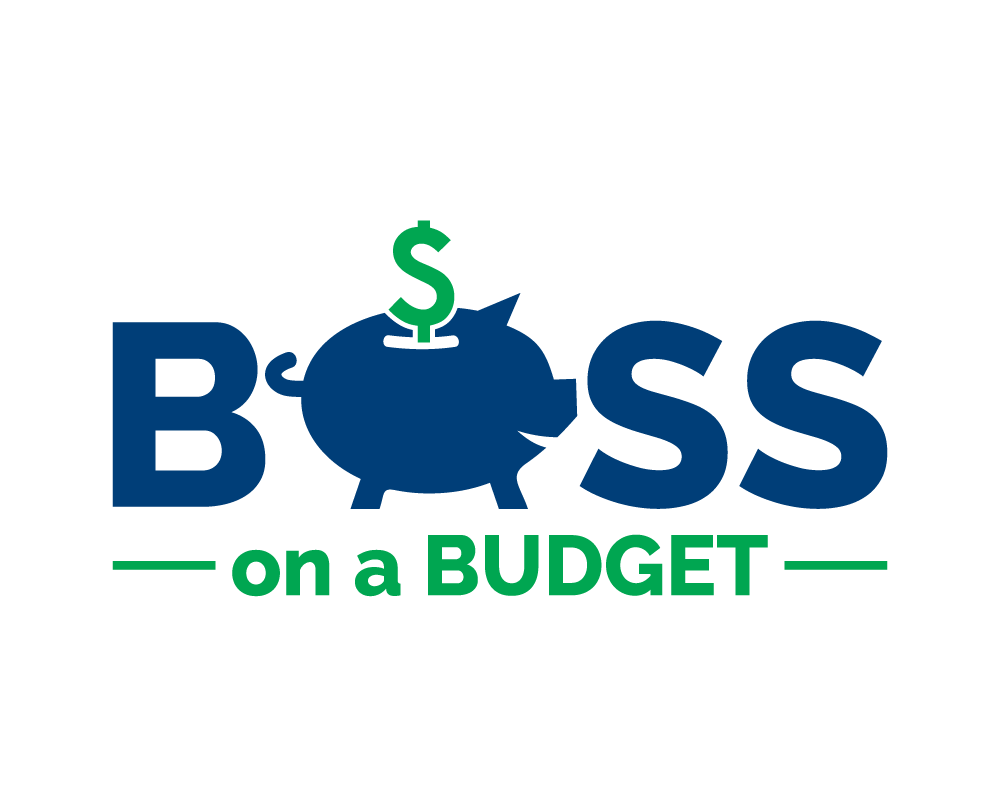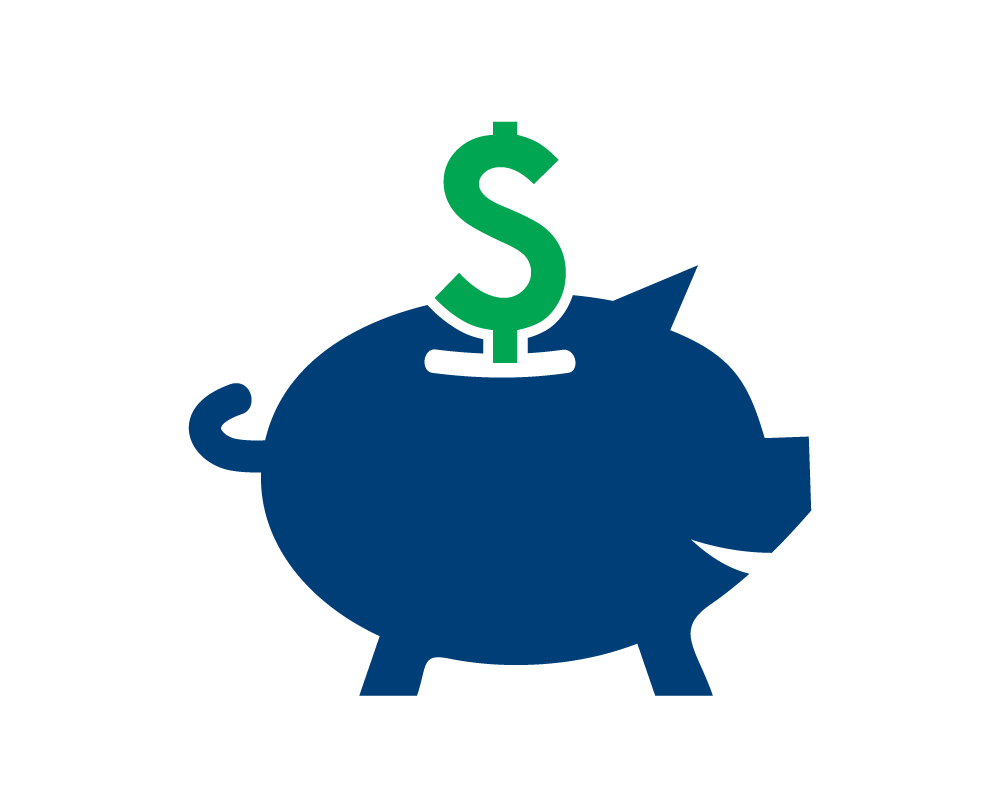4 Unique Stores Your Nonprofit Can Run to Raise Funds
Contributor: ThriftCart
Nonprofits are constantly seeking new ways to increase their budgets through fundraising. If you’re in this boat, sustainable revenue streams are the name of the game, since these funding sources bring in consistent and reliable income year after year.
You’re probably already familiar with recurring donations and matching gifts — and these are a great starting point for sustainable fundraising! However, if you want to diversify your income sources further, nonprofit stores are another great option.
Let’s explore four unique stores your charitable organization can run and their benefits to your mission.
1. Thrift Store
Thrift stores are beloved by their communities for offering unique or valuable secondhand items at affordable prices. They’re also a profitable venture for nonprofits. Take a second to explore the following charitable organizations that run thrift stores:
When running a thrift store, sourcing inventory is a top concern. According to ThriftCart, there are many ways to obtain stock for your store, such as:
Consignment
Flea markets
Yard and garage sales
Estate sales
Auctions
Wholesalers
Abandoned storage units
Business liquidation
Dead stock
Other thrift stores
Your nonprofit will probably source most of its inventory from in-kind donations from its supporters and the greater community. This allows you to start and run your store with minimal out-of-pocket expenses and is an excellent way to secure buy-in without asking for a monetary donation. Plus, it gives your audience an environmentally friendly way to declutter their homes.
As your thrift store grows over time, you may need to invest in inventory management solutions or other store management software. These tools not only make running your thrift store easier but also enable you to scale your operations up, such as by offering e-commerce or creating customer loyalty programs. This ensures that you continue to generate sustainable revenue for your mission.
2. Used Bookstore
Used bookstores work very similarly to thrift stores but carry more specific inventory. These stores are particularly useful for nonprofits in the education and human services sectors, such as schools, libraries, and youth development programs.
Some of these organizations may not have 501(c)(3) status, as they may be considered government entities instead. Certain grantmakers and donors only want to give to private organizations, so these nonprofits may not be eligible for significant donations or certain grants.
That’s where used bookstores come in. They provide an effective way for these organizations to make up for the gap in funding without too much effort. For example, the Tuscaloosa Public Library’s (TPL) Friends of the Library bookstore contributes an average of $90,000 per year to the library, supplementing the TPL’s budget and enhancing its offerings.
All you need to do is source books to fill out your inventory and then promote your bookstore to your community! Create a dedicated page on your website that includes key details like your store’s address, hours of operation, and contact information to ensure your community has all the information they need to browse your shelves. You can also add donation specifications, such as the condition of the books you’ll take or if you accept other media like records or DVDs.
3. Merchandise Store
Although secondhand stores are cost-effective for nonprofits to run, they’re just the tip of the sustainable revenue iceberg. You can produce your own unique stock by selling merchandise to your community.
On top of generating additional revenue, Bonfire’s guide to nonprofit product sales explains that selling custom merchandise allows nonprofits to:
Increase brand awareness. When people wear or use your branded merchandise, it boosts your organization’s visibility, helping you attract new supporters.
Encourage community engagement. Custom merchandise helps foster a sense of belonging among your supporters, allowing them to get personally involved in your organization’s mission.
Provide a tangible way to support a cause. Many individuals want to support nonprofits but may not have the time and resources to make a donation. Merchandise allows them to support your cause and receive something in return.
Create opportunities for partnerships. Merchandise sales can lead to partnerships with other nonprofits or corporate sponsorships, as you’ll demonstrate your ability to amplify your message.
With a merchandise shop, you’ll reap these benefits year-round while creating a sustainable revenue stream. Here are a few popular ideas for branded merchandise:
Apparel, such as t-shirts, hoodies, beanies, and socks
Drinkware, such as mugs, water bottles, and coasters
Office supplies, such as notebooks, pencils, and mouse pads
Decor, such as key chains, plushies, car decals, and phone cases
On top of selling branded items, you can also stock items related to your mission. For example, an aquarium might offer branded apparel, books about ocean conservation, fish plushies, and whale shark tracking bracelets.
The key to a successful merchandise store is a thoughtful pricing strategy. Set prices that ensure you can raise funds for your mission even after factoring in overhead costs such as manufacturing and storefront rent. However, don’t price your merchandise so high that your community can’t afford to pay for it.
4. Pop-Up Shop
What if your nonprofit doesn’t have the overhead to run a brick-and-mortar shop or the resources to manage an e-commerce site? In that case, you can take a different approach by running pop-up shops. Instead of generating a sustainable revenue stream on their own, pop-ups inspire bursts of funding that can lead to long-term support down the line.
If you need a flexible store that meets your audience’s needs at the right time, pop-up stores are the option you should choose. For example, you can host them as seasonal fundraising events. Think about flowers and chocolates in February, cozy mugs and candles for fall, and Christmas gift wrap and hot chocolate for December. With this idea, you can let your creativity shine by coming up with a variety of fun, cost-effective products for your nonprofit to sell.
Since pop-up stores are temporary, marketing is crucial to your success. On top of featuring your pop-up prominently on your nonprofit website, promote it through email newsletters, social media posts, text messages, and direct mail. If your nonprofit mainly operates in a single area, you can put up posters and flyers to increase visibility and attract new customers.
Whether launching a new nonprofit or rounding out your existing organization’s fundraising calendar, nonprofit stores have great fundraising potential. These four store ideas should provide the inspiration you need to brainstorm and run a profitable and useful venture for your organization.

